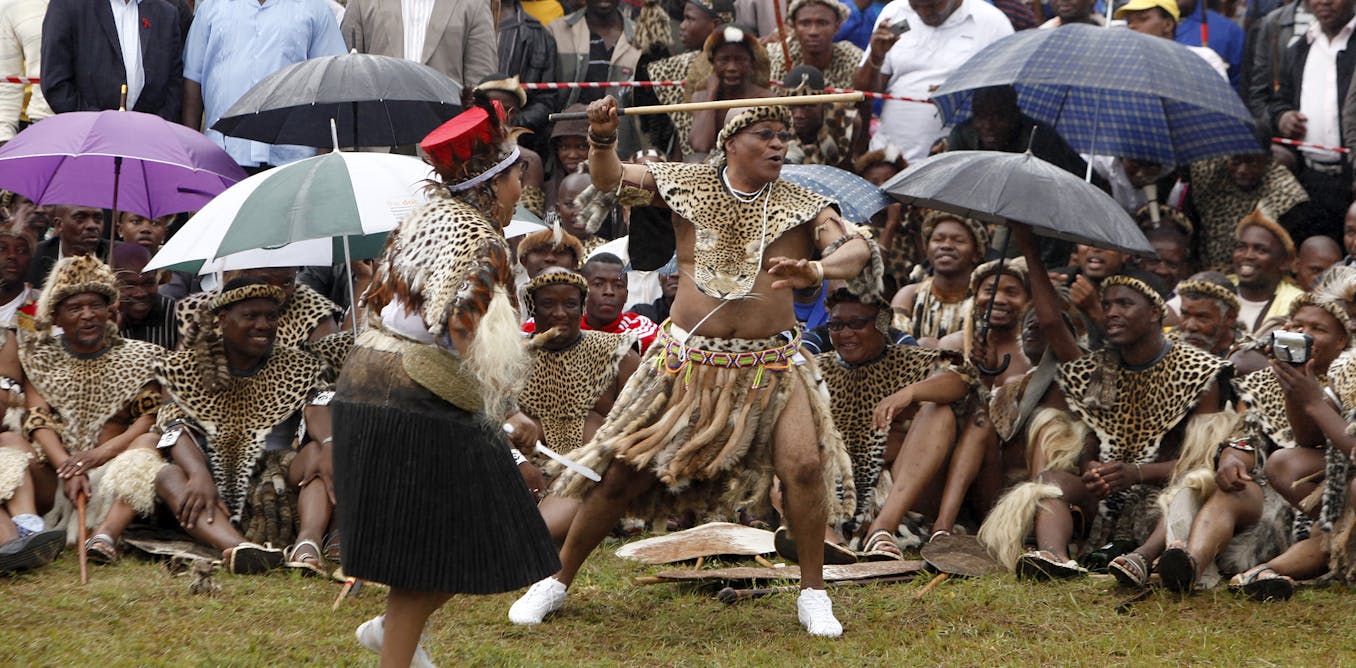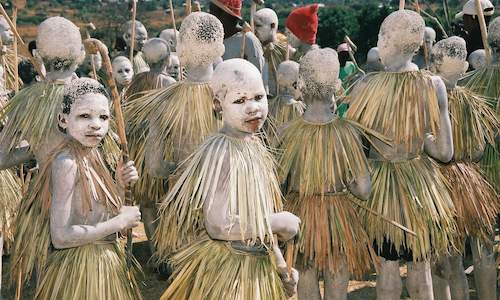The Only Guide to South African Culture Today
The Only Guide to South African Culture Today
Blog Article
Get This Report about South African Culture Today
Table of ContentsAn Unbiased View of South African Culture TodayGetting The South African Culture Today To WorkAll About South African Culture TodaySouth African Culture Today - TruthsSouth African Culture Today Things To Know Before You BuyThe Best Strategy To Use For South African Culture Today
This follows with vocal singing and drum whipping. The bride-to-be and groom after that meet the seniors and discuss the value of their union. An issue of importance in Zambian villages is the diing of enjoyed ones. All members of the town put money, time and effort together for the burial of the deceased.Songs and dance is a really crucial element of the Zambian culture. The numerous tribal systems have their very own dancing forms; however, makishi is usual amongst all people.
More About South African Culture Today
When it involves songs, drums are used the most, with a variety of drumming ceremonies. In Zambia, bulk of the individuals are Christian; Protestant and Roman Catholic. There are tiny teams of Muslims and Hindus, with the rest following regional indigenous tribal ideas.

South African heritage and culture is profoundly varied, and contains numerous different teams of people who each have their very own practices and beliefs. Having such a diversity of individuals and cultures is what makes South Africa so unique. In real sense of the expression, we are a rainbow nation.
South Africa has around 3 hundred thousand Portuguese people staying in it. Making it the 7th on the listing of nations with the most Portuguese people in it beyond Portugal. Portuguese is not only a society, but it is also a language and a citizenship. Portuguese people stem from the country of Portugal in Europe, nevertheless, as a result of Portugal (like lots of other nations in Europe) exploring the world and overcoming various other countries during the 15th 20th centuries, South Africa has what we call Portuguese South African's living in it.
Indicators on South African Culture Today You Should Know
Among the famous features of the topography is a plateau that covers practically 2 thirds of the facility of the nation. The plateau facility increases towards the southeast, where it culminates in the Drakensberg array, component of a cliff that divides the plateau from the coastal areas. The Drakensburg includes Champagne Castle, the highest top in the country.
The area north of the Witwatersrand, called the bushveld, slopes downward from eastern to west toward the Limpopo River, which develops the worldwide boundary. The western section of the plateau, the middleveld, likewise descends towards the west and varies in elevation between the highveld and bushveld. In between the Drakensburg and the eastern and southern shoreline, the land descends to the sea.
Nearer the shore there is a low-lying plain called the eastern lowveld. Southwest of the plateau the nation comes to be progressively more arid, giving means to the hostile desert of the Great Karroo, verged on the eastern by the reduced, better watered plateau of the Little Karroo. Dividing the dry southerly inside from the sandy littoral of the southern shore and West Cape is one more variety, the Langeberg.
Some Known Details About South African Culture Today
The nation's racially, ethnically, and politically separated history you could try this out has actually created national and subnational symbols that still function as icons of the country, and others signs that are accepted just by specific groups. The monuments to white inhabitant occupation and political dominance, such as the Afrikaner Voortrekker ("pioneer") Monolith in Pretoria and the Rhodes Monument honoring the British colonial empire builder and Cape head of state Cecil Rhodes, stay sectarian symbols.
The initial contemporary inhabitants were the San ("bushman") hunter-gatherers and the Khoi ("Hottentot") individuals, that rounded up livestock (South African culture today). The San might have been existing for hundreds of years and left evidence of their visibility in hundreds of old cave paints ("rock art"). Bantu-speaking clans that were the ancestors of the Nguni (today's amaZulu, amaXhosa, amaSwazi, and vaTsonga peoples) and Tswana-Sotho language teams (today's Batswana and Southern and Northern Basotho) moved below east Africa as very early as the fifteenth century

The 2 previous republics of the Orange Free State and Transvaal (South African Republic) were developed by Afrikaner settlers who defeated and dispossessed the Basotho and Batswana. Lesotho would have been by force integrated into the Orange Free hop over to here State without the expansion of British protection in 1869. The best unification of the nation arised from the South African War (18991902) between the British and both Afrikaner republics, which decreased the country to mess up at the start of the twentieth century.
Afrikaners historically considered themselves the just true South Africans and, while approving complete citizenship to all locals of European descent, rejected that status to people of color until the democratic change of 1994. British South Africans preserve a feeling of cultural and social connection to Great Britain without deteriorating their identity as South Africans.
The Buzz on South African Culture Today
The diversity and fragmentation within ethnic groups and the balance of stress between those teams during the twentieth century prevented interethnic civil dispute. While intergroup tensions over sources, entitlements, and political prominence stay, those conflicts are as likely to match Zulu against Zulu as Zulu against Xhosa or African versus Afrikaner.
From colonial India, British merchants and managers brought the curved metal decorative roof coverings and slender shoelace work pillars that still represent the outdoor patios of cottages arounds and cities throughout the nation. Holy places contribute a vital architectural facet even in the tiniest communities. In addition resource to the skyrocketing steeples and classic stonework of Afrikaans Dutch Reformed churches, Anglican churches, synagogues, mosques, and Hindu temples provide variety to the spiritual building scene.

Slaughtering and the brewing of conventional cereal beer are vital in protecting the engagement and goodwill of the ancestors who are considered the guardians of good luck, prosperity, and well-being. Indian communities maintain their indigenous cooking customs and apply them on Islamic and Hindu routine and ritualistic events. Afrikaners and Coloured people gather at weekend breaks and unique events at multifamily barbecues called braais, where community bonds are strengthened.
Due to the fact that this was the primary economic venture of both black Africans and white homesteaders, problem in between those teams focused on the property of grazing land and animals. In 1867, the biggest diamond deposits in the globe were found at Kimberley in the west central location. The riches from those fields aided fund the exploitation of the greatest gold reef in the world, which was discovered on the Witwatersrand in 1886.
The Best Guide To South African Culture Today
This caused misconceptions and intentional misstatement in the transactions of white inhabitants and government authorities with African chiefs throughout the colonial period (South African culture today). In the facility of African gets, some elements of common and mainly "tribal depend on" land tenure were protected, and also in white rural locations, forms of common period were still practiced in areas with African areas
After the democratic makeover of 1994, programs for land restitution, redistribution, and reform were instituted, but development has actually been slow-moving. The white minority still regulates eighty percent of the land. In the wake of agricultural land intrusions in Zimbabwe, the Division of Land Matters has actually vowed to speed land redistribution.
Report this page